AI Agents Are the New Hires
AI agents aren’t just another SaaS trend—they’re fundamentally reshaping how businesses operate. From scrappy startups to industry giants, everyone’s hiring digital help that never sleeps, doesn’t need coffee, and closes deals without breaking a sweat.
Here’s a look at the 10 most-used AI agents in 2025—and what their popularity reveals about the evolving economy.
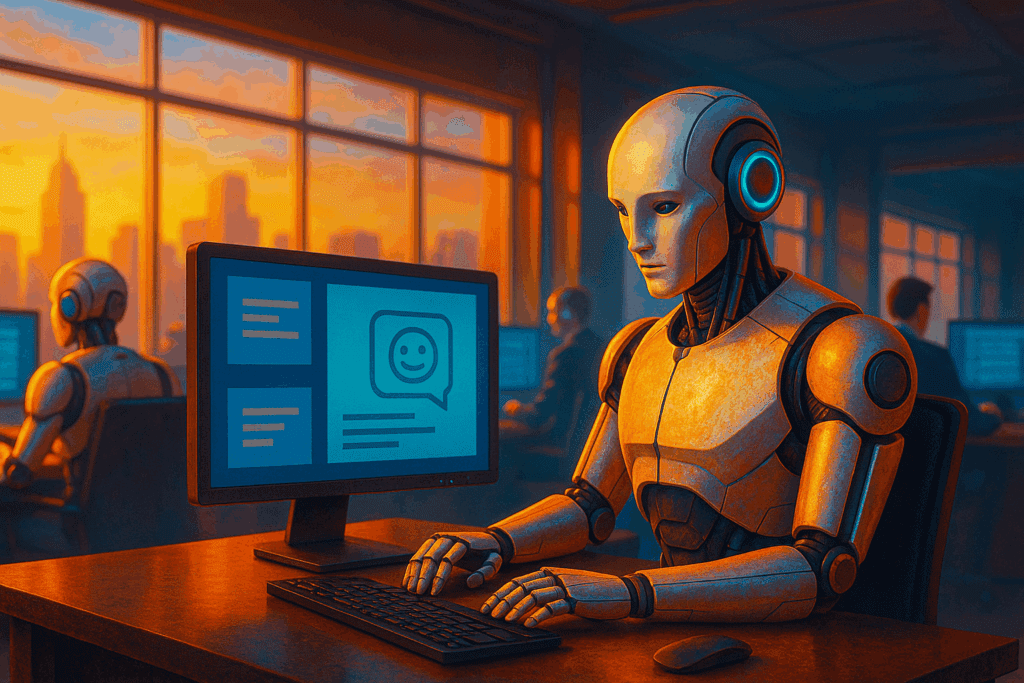
1. The 24/7 Sales Closer
Business owners are leaning hard into tools like Vengo AI, which can capture leads, book meetings, and qualify prospects in real time. You’ll find it powering landing pages for coaches, e‑commerce sites, and SaaS tools that want a human-sounding AI closer—without hiring one. It’s also featured on the AI Agent Store for good reason: it converts.
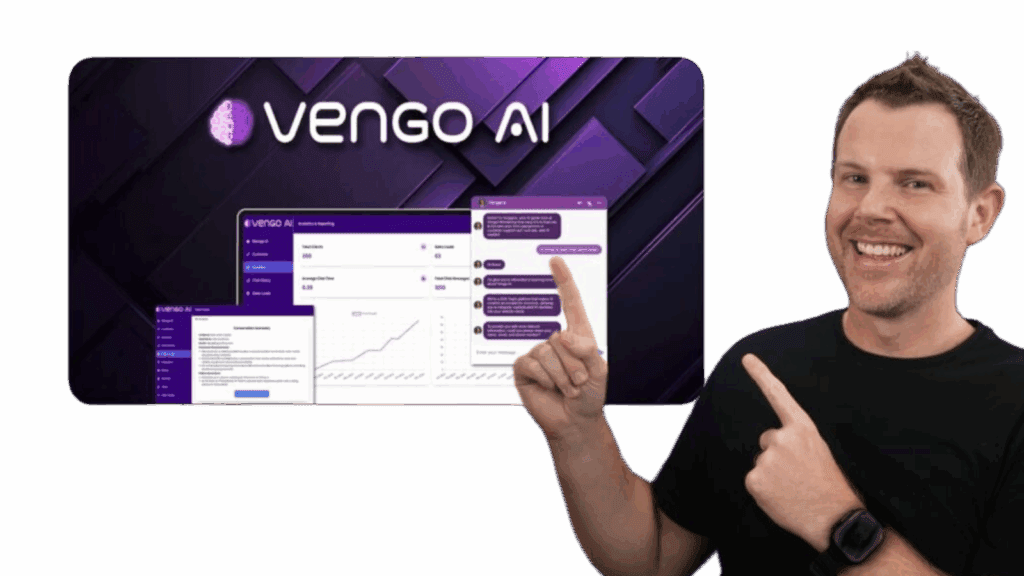
This shows that businesses—especially small ones—are no longer experimenting with AI. They’re building with it from day one.
2. Wall Street’s Favorite Analyst
If BlackRock, KKR, and the U.S. Air Force are using Hebbia, you know it’s not your average chatbot. This AI intern reads earnings reports, builds models, and writes memos—all while delivering the kind of insights you’d expect from a junior banker at 2 a.m.
Translation: Even trillion-dollar orgs are letting AI handle deep analysis. Brainwork is now botwork.
3. The Excel Whisperer
Endex, funded by OpenAI, doesn’t reinvent the spreadsheet—it weaponizes it. Its agent lives inside Excel and automates workflows, insight generation, and memo writing. For SMBs, that means your finance team just got a silent co-pilot.
It’s a clear signal that AI agents are thriving inside the tools you already use—not trying to replace them.
4. Six AI Agents, One Data-Driven Mission
With its new agent suite, Google Cloud is embedding automation across the entire data science lifecycle. From data ingestion and pipeline orchestration to dashboard storytelling, these agents break down silos that used to require full teams.
It’s no longer about hiring data scientists—it’s about delegating to data agents.
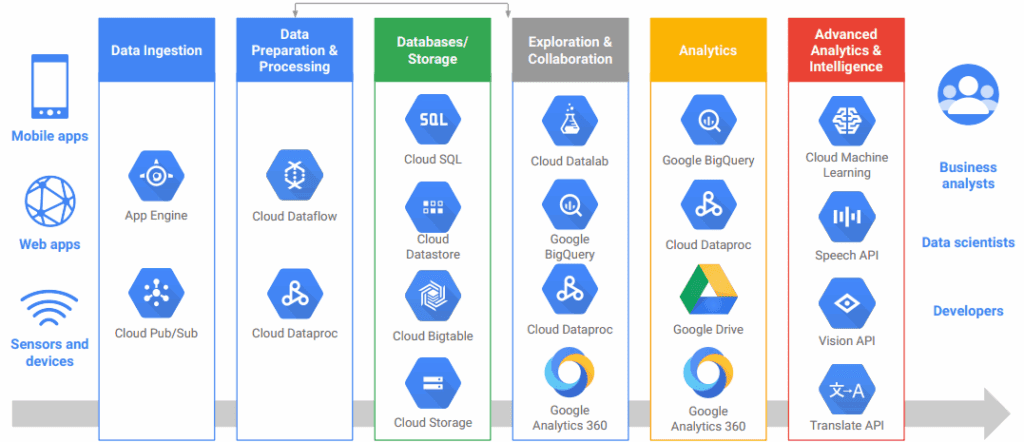
5. The Consultant Who Won’t Bill You
Even McKinsey has jumped in, deploying over 12,000 internal AI agents to draft decks, summarize research, and handle knowledge tasks. It’s not just a productivity move—it’s a reinvention of the consulting model.
AI isn’t just replacing interns. It’s coming for PowerPoint—and for professional services as we know them.
6. Meet Sparky, Walmart’s New MVP
At Walmart, agents like Sparky are changing how people shop. One agent builds your grocery list from a photo of your pantry. Others help suppliers, advertisers, and even customer support reps.
This tells us something critical: AI agents are no longer behind the scenes—they’re front and center in the customer experience.
7. The API All-Stars
According to a recent market analysis, agents built with Claude, Gemini, and LangChain are dominating sectors like customer support, HR, and internal training. LangChain in particular is enabling custom agent ecosystems that handle multi-step tasks across departments.
The takeaway? The agent economy is splintering—and specialization is the new superpower.
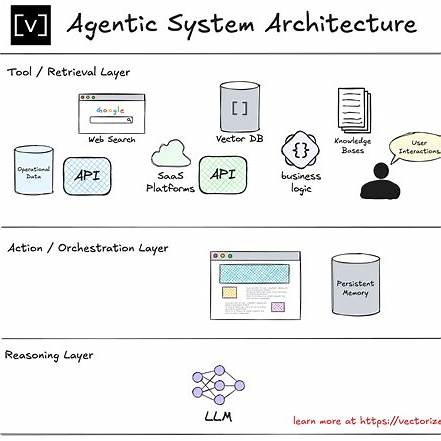
8. The SMB Toolbelt
Startups and solo operators are turning to Lindy, Zapier, Relevance AI, and CrewAI to automate sales, scheduling, reporting, and customer service. They’re low-code, lean, and designed for non-technical teams who just need things to work.
It’s a sign that AI isn’t just enterprise play—it’s the new digital teammate for the rest of us.
9. The Enterprise Workflow Ninja
At the high end, Oracle’s Miracle Agent runs quietly behind the scenes, managing HR processes, finance approvals, and supply chain alerts inside Oracle Fusion Cloud. It’s enterprise AI at scale—with clear ROI.
This reinforces a new norm: AI agents don’t need flash—they need deep integration.
10. The Wildcard
AutoGPT, the open-source darling, still turns heads by stringing together internet searches, file tasks, and goal-driven prompts with little human input. Sure, it’s chaotic. But it’s also powerful in the hands of tinkerers and marketers alike.
Proof that grassroots AI is alive and well—and some of the boldest experimentation isn’t coming from billion-dollar firms, but from bedrooms and basements.
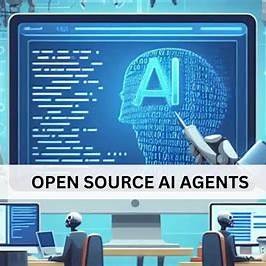
💡 What This All Tells Us About the Economy
🧠 White-collar labor is being unbundled.
Research, strategy, and operations aren’t just being supported by AI—they’re being replaced or reshaped by it.
💼 Every business is now an AI business.
Whether it’s Vengo AI booking your calls or Endex writing your financial memo, companies are building AI into their core workflows—not just sprinkling it on top.
📉 Cost structures are changing fast.
You used to hire a team. Now you deploy a stack of agents. According to MarketWatch, this shift could impact jobs, margins, and the very fabric of employment.
🛑 But the model is still fuzzy.
As Reuters points out, most agents don’t have sustainable business models yet. We’re still figuring out governance, compliance, and long-term costs.

🔚 Bottom Line
In 2025, business owners aren’t just “adopting AI.” They’re hiring it.
Your CRM isn’t just a database—it’s talking to leads.
Your spreadsheet isn’t just storing numbers—it’s interpreting them.
And your website? Yeah, it’s got a 24/7 sales agent named Vengo.
Welcome to the Agent Economy—where businesses scale faster, leaner, and a little bit weirder.
